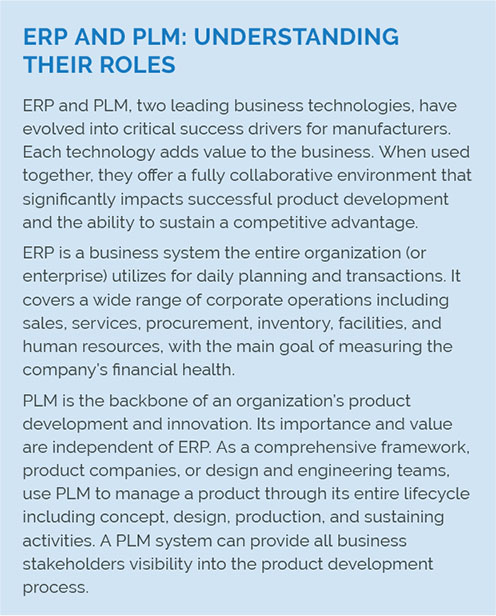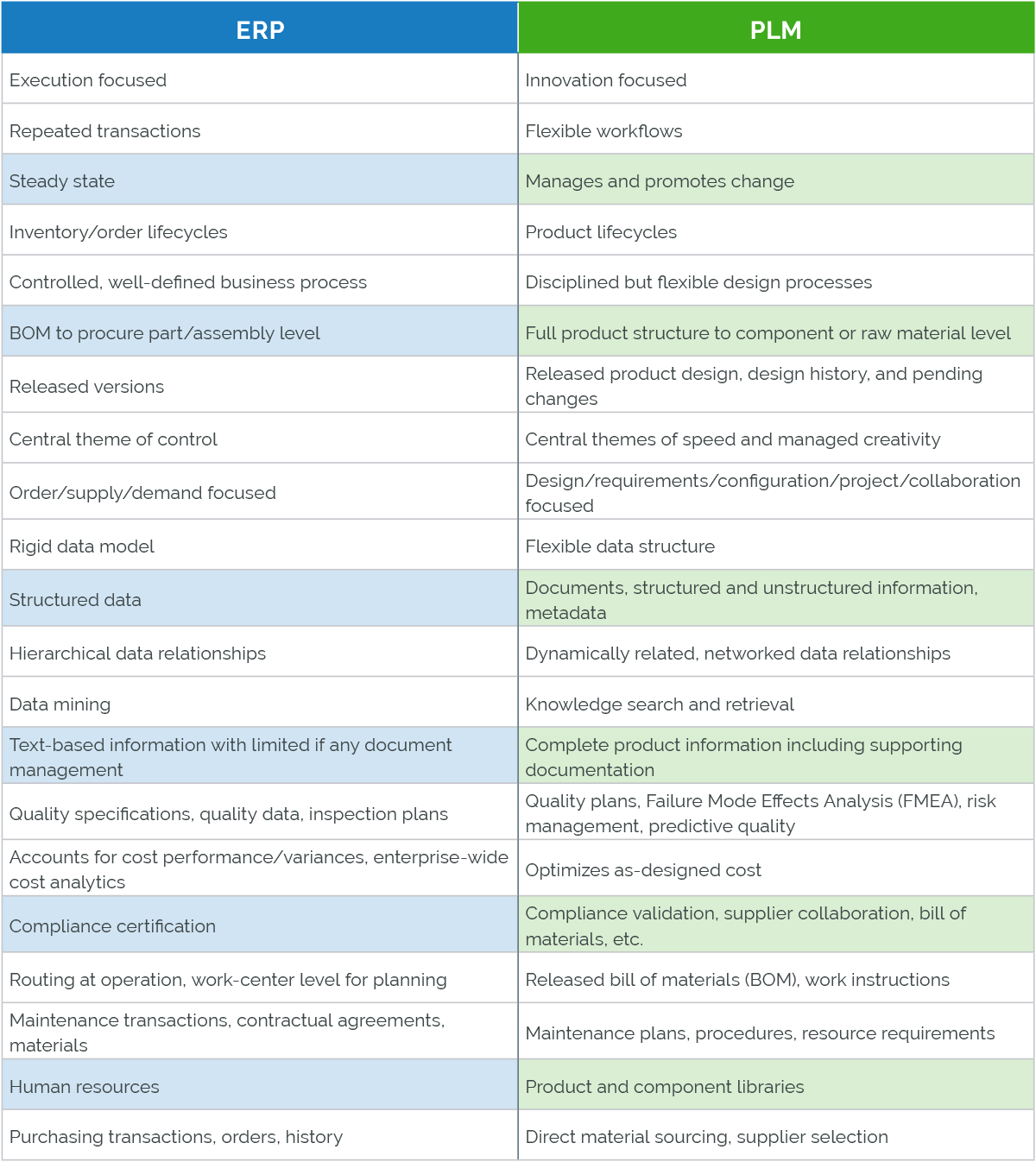
 This is an exciting time, especially if you are part of a product development team or working in the manufacturing sector. With so many digital solutions, automated systems, and apps at your disposal, you can easily manage and launch your product or service from concept to commercialization faster and cheaper than, say 10 years ago. And you can develop your products using more streamlined and agile methodologies.
This is an exciting time, especially if you are part of a product development team or working in the manufacturing sector. With so many digital solutions, automated systems, and apps at your disposal, you can easily manage and launch your product or service from concept to commercialization faster and cheaper than, say 10 years ago. And you can develop your products using more streamlined and agile methodologies.
Whether you are designing complex medical devices, consumer electronics, aerospace and defense applications, or innovative sustainable products—product lifecycle management (PLM) and enterprise resource planning (ERP) solutions will play an important role in getting your products to market.
So how do you decide what systems are needed and when? Do companies need ERP before PLM or vice versa? Can ERP handle the PLM process? Does having both systems provide the best value?
This ebook provides answers to these common questions and shares how ultimately integrating these two systems is the best approach for product design and manufacturing success.
Research and development (R&D) or early design work normally requires mechanical computer-aided design (MCAD) or electrical computer-aided design (ECAD) software development tools first. As the electrical, mechanical, and software designs get released, they need to be brought together into one system for teams outside of the engineering workgroups to review the complete product (parts, BOMs, approved manufacturers list [AML], engineering changes). This is done within PLM.
When you get into planning and production, you need to pass the released product definition (parts, BOMs, AML) to an ERP system. For many companies, ERP systems might be managed by their contract manufacturers.
In most established manufacturing businesses, PLM and ERP operate synchronously. Once a product has been conceptualized, PLM manages the innovation and product development process while ERP ensures that quality items are manufactured in a timely, cost-controlled way.
One of the major contrasts between the two solutions is PLM primarily enables collaboration around the ideation and specification of a product whereas ERP is concerned with material flow, including inventory management, production scheduling, and logistics. Engineers, product designers, operations, and quality typically utilize PLM while manufacturing operations and purchasing use ERP.
PLM is more involved in the innovation and design processes and is the trusted source for product record information. In the manufacturing and supply stages, ERP aids in the management of quality, efficiency, and cost control. This means that PLM focuses on the management of product components, engineering changes, compliance, and required documentation.
The overlap is the BOM, item master, and approved vendors list (AVL). PLM is used to create and manage changes to them. ERP uses the released BOM, item master, and AVL from PLM to plan and manufacture the product. The capabilities of one solution cannot be replaced by the capabilities of the other.
For an efficient product development process in PLM, having real-time access to supply chain information, including component cost and lead time from ERP, is critical. For accurate planning, ERP needs complete and accurate product information from PLM.
Running a company primarily on an ERP solution will result in a manufacturing process gap. Companies that rely only on ERP frequently struggle to organize one of the most critical aspects of their operations: the product record. An inaccurate or incomplete BOM can result in costly scrap, rework, and launch delays.
Most ERP solutions lack effective collaboration and engineering change management capabilities and are not conducive to departmental cooperation around the product record because they are built to read the BOM for transactional purposes alone. Understanding which changes have occurred and when they went into effect requires change history documentation. To manage design modifications and cooperate around product information, engineering organizations also require precise change history records.
A business that deploys an ERP solution without a complementary PLM solution runs the risk of mismanaging product modifications and performing inaccurate financial planning. Using less sophisticated solutions to manage BOMs and engineering changes, such as spreadsheets, puts a company at risk of costly mistakes.

Comparison of features and functionality
